Catch Fall Transition Largemouth Bass
For bass anglers that do not trade in their rods for guns, the fall transition marks a special time to be on the water catching largemouth bass.
Waterways across America lack the normal pressure as pleasure boaters are rapidly storing boats and fellow anglers are hunting instead of fishing. Fish are alleviated from the normal pressure, and anglers don’t have to contend with crowded waterways.
But even during this time, the pursuit of big largemouth bass still demands the virtue of patience. Despite these great traits of early fall, this transition from summer to fall often coincides with a burdensome bite.
Chad Smith on Fall Transition Largemouth Bass
Bassmaster Open veteran, Chad Smith, knows this time well.
“During the fall transition,” he explains, “bass are tough to pinpoint because they are moving a great deal. They do not relate to structure nearly as much as they are following bait. The bait stays on the move, which keeps them unpredictable.”
Where to Find Fall Transition Largemouth Bass
“The first thing I do when I get on the lake, “Smith admits, “is idle around to see what kind of structure and weed edges are around.”
Even though bass are following around the bait, structure is still vital during the transition.
“Bait is still going to use weeds and structure and there is less of it,” explains Smith.
“With the shorter days and cooler nights, weeds begin to die. This causes the bait to move more, but they also seek out whatever structure is left so it can become predictable. On many lakes, all that’s left are shallow weeds and boat docks.”
“The first thing I do when I get on the lake, is idle around to see what kind of structure and weed edges are around.”
Smith does not begin fishing until he has either found bait on his graph or found physical structure (docks, wood, laydowns, etc.) in close proximity to deeper water.
“Deeper water close by is always a bonus for shallow structure, but especially this time of year. That will be their route to deeper water.”
3 Ways to Catch Fall Transition Largemouth Bass
Smith has a 3-prong approach with jigs to catching fall transition largemouth bass. He reveals, “Since bass are following the bait so much, I prefer to use moving baits. This allows me to cover more water, but also to mimic their prey.”
Swimjig
“My first choice is always a swimjig.” Slinging it around the structure that the bait is using is important, “I use a steady retrieve and when I come into contact with any weeds or structure, I will snap it off. Most of the time, this is when I get my bites.”
When facing persnickety fish, he will put his rod tip at a 45-degree angle and pop it erratically to get more reaction bites.
He prefers a 3/8 ounce in bluegill or green pumpkin color schemes and selects a matching paddletail swimbait as a trailer.
His swimjig is slung on a 7’3” Heavy Action Daiwa Tatula Elite rod and a Daiwa Tatula SV reel with a 7.1 gear ratio. The reel is spooled with 15-pound test fluorocarbon line.
“My first choice is always a swimjig.”
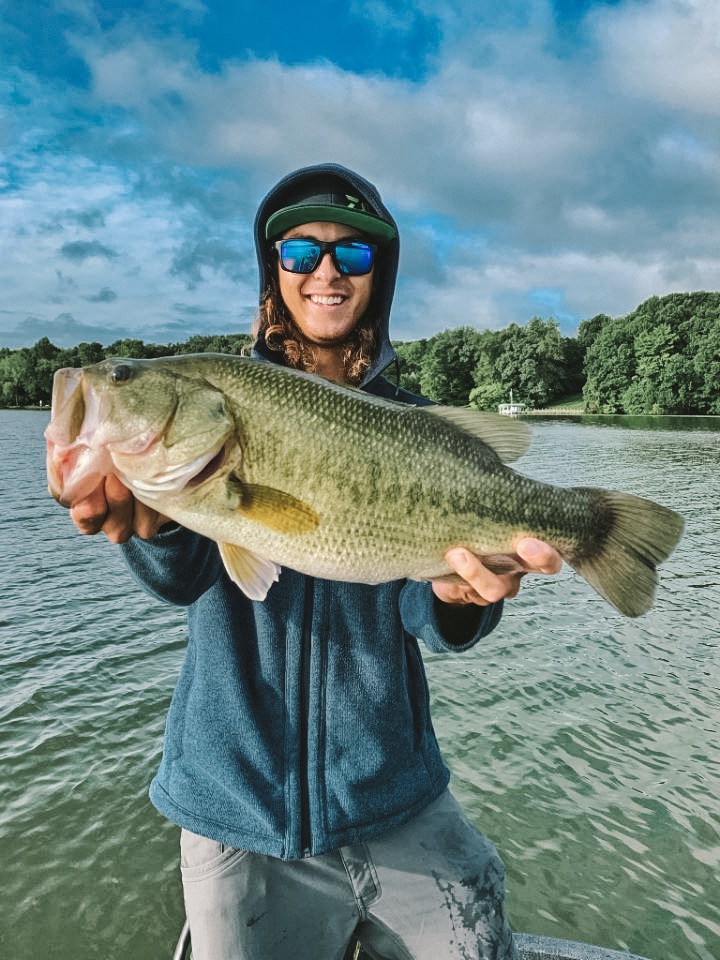
Bladed Jig
Option two is a bladed jig. Essentially this is the same bait but with a blade that gives it an aggressive wobble. “I retrieve it the same way as the swimjig, but I use a different color.” He goes with a translucent or white color and matches it with a matching paddletail swimbait.
Smith uses the same brand of rod and reel, but a bigger 7’4” fiberglass rod because, “It has a more moderate action and give.” The reel and line are the same.
Flipping Jig
If moving baits do not yield bass, he picks up a flipping jig and tosses to every bit of physical structure available, especially docks. The jig of choice is a ½ ounce green pumpkin with “any kind of crawdad style trailer.”
The jig is flung on a 7’1” Heavy rod with a Fast Action Daiwa Tatula Elite rod and same reel as above, which is filled with 40-pound braid line and a 25-pound fluorocarbon leader.
“I have found any kind of straight tail worm with a purple hue will work anywhere.”
Back-up Bait
On rare occasions the above three baits fail to produce, which will then cause Smith to go finesse.
“If I’m striking out, I pick up my drop shot rod.”
He sticks it wherever the most bait are. That could be shallow weeds or along the breakline. A 7’1” Medium Action Tatula Spinning Rod is used with a Tatula LT Spinng Reel. A FG knot is used to connect 10-pound braid an 10-fluorocarbon line. “The knot allows me to have a 15-foot leader.”
“I have found any kind of straight tail worm with a purple hue will work anywhere.”
The great fall bite may take a few more weeks, but quality bass are still available with the right approach. Apply the 3 baits by Smith and begin the fall fun right away.
You can find Chad on Facebook, Instagram and his website.

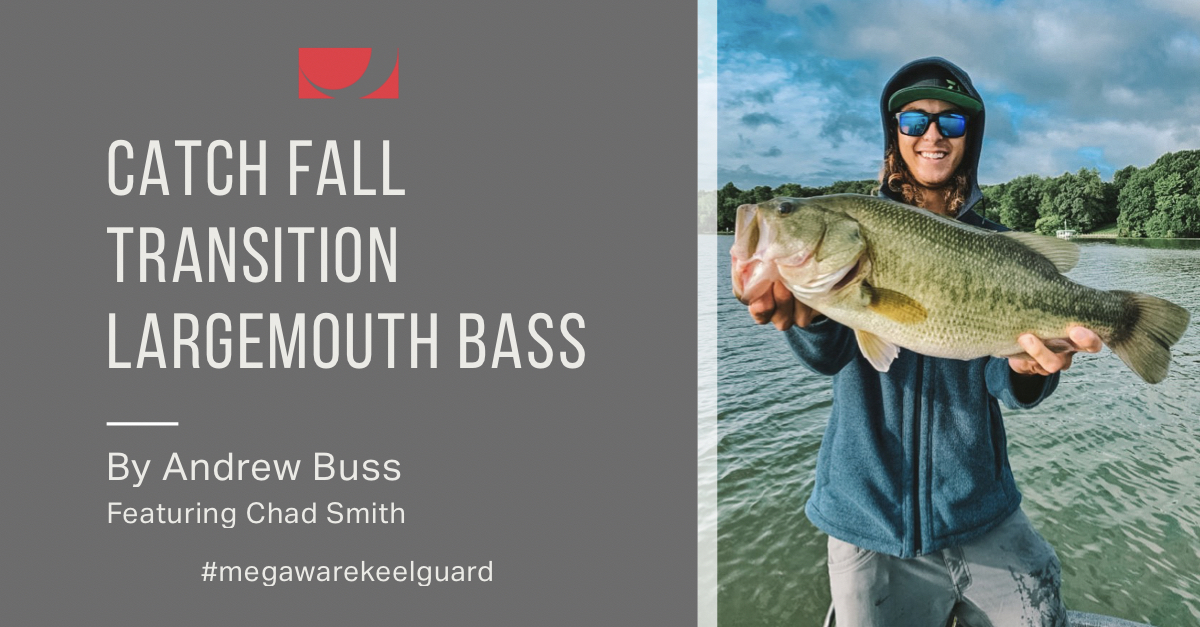


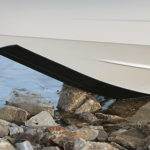

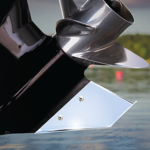

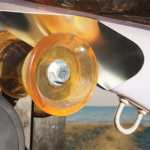
Comments